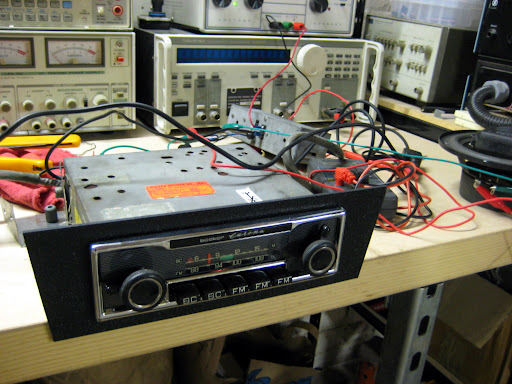 My friend Rob found an interesting summer job doing gardening and maintenance stuff at Yosemite Valley. Three months in Yosemite seems like a great way to spend some time before moving on to law school. I finally got to visit Rob and do a little bit of backpacking with him in the Yosemite High Country.
My friend Rob found an interesting summer job doing gardening and maintenance stuff at Yosemite Valley. Three months in Yosemite seems like a great way to spend some time before moving on to law school. I finally got to visit Rob and do a little bit of backpacking with him in the Yosemite High Country. We started at Tuolumne Meadows and climbed up to Volgesang. Our original plan was to make it all the way to Lake Merced and then down to the valley the next day but I found the high altitude pretty tough to adjust to and the going was a bit slow. Instead, we crossed over Volgesang Pass into the valley below and camped there. Still, about 20 miles total in a challenging but absolutely beautiful part of the park!
We started at Tuolumne Meadows and climbed up to Volgesang. Our original plan was to make it all the way to Lake Merced and then down to the valley the next day but I found the high altitude pretty tough to adjust to and the going was a bit slow. Instead, we crossed over Volgesang Pass into the valley below and camped there. Still, about 20 miles total in a challenging but absolutely beautiful part of the park!As it turned out, a forest fire started in western Yosemite the next day and covered the valley in a smoky haze. The air quality was poor and it felt like sunset two hours early. As such, it was probably for the best that we didn't continue with our original route. According to the newspaper, the fire was apparently started in a target shooting accident.
The High Country is really interesting. In parts, the trees are quite dense but the terrain is covered in large boulders from rock slides and various river movements. The forest then gives way to a very noticeable tree line, followed by jagged peaks that look like castle ramparts. In other parts, the peaks hide green meadows with crystal-clear creeks or small lakes.
 There are several High Sierra camps (like the Volgesang camp) scattered in the area. Folks pay something like $150 per night for the convenience of sleeping in a tent cabin with meals provided. They then have less gear to carry. For us, the camps were a helpful source of drinking water.
There are several High Sierra camps (like the Volgesang camp) scattered in the area. Folks pay something like $150 per night for the convenience of sleeping in a tent cabin with meals provided. They then have less gear to carry. For us, the camps were a helpful source of drinking water.There were quite a few serious hikers on the trail, including an older gentlemen who was essentially hiking the entire High Country alone for over a week, armed with a wooden walking stick with bells to scare off bears.
